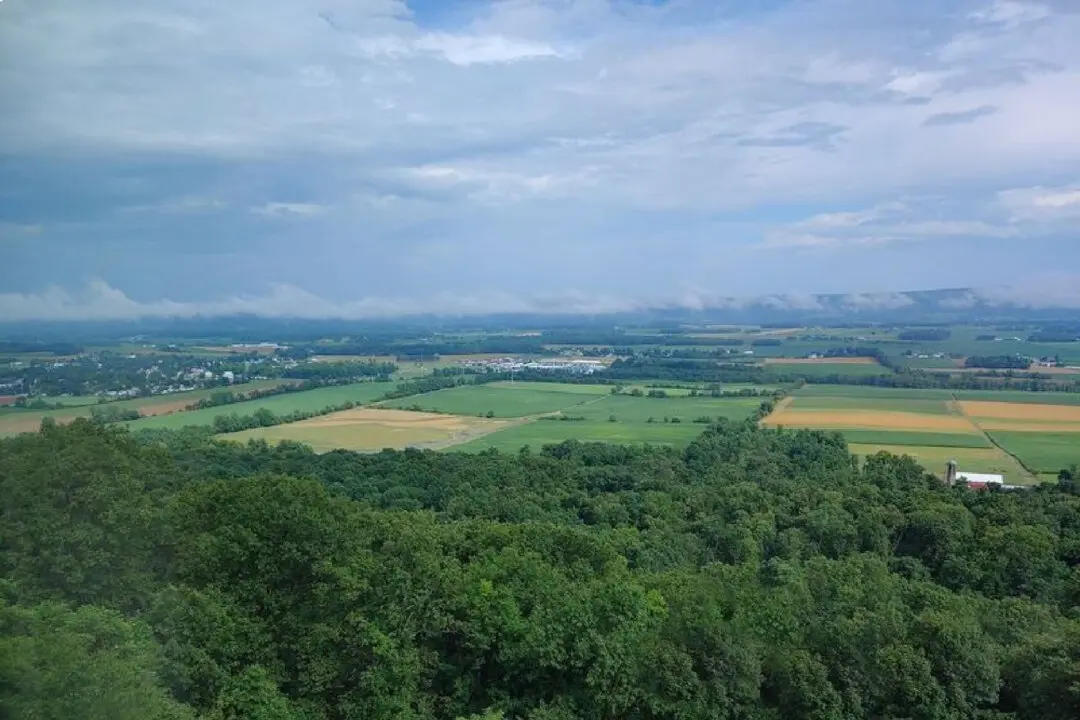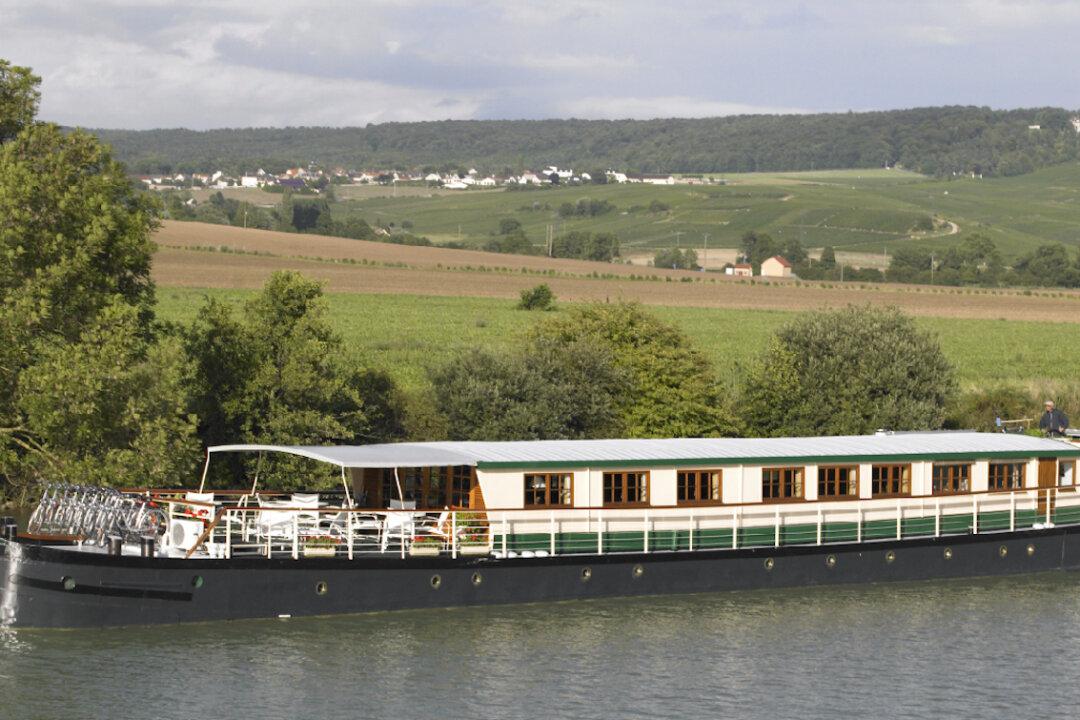Talbot County, Maryland, is old. Very old. One of the earliest buildings, a Quaker meeting house, dates to 1682. But even more than the origin of its buildings, three favorite sons of the county encapsulate its history in different but fascinating ways. Two were symbols of the Revolutionary War and the other the Civil War. One was a resident of St. Michaels, another Oxford, and the third his very own island, Tilghman.
Frederick Douglass, whom many consider the most eminent and respected African American of the 19th century, was a runaway slave in 1838 at the age of 20. I already knew that much, but it was an aha moment on a recent trip here to discover that this was the very county of his birth and the one from which he ultimately escaped.





